Kakunodate Complete Guide
The Etiquette of Serenity in the "Little Kyoto of Michinoku"
Table of Contents
To the "Little Kyoto of Michinoku." Kakunodate is a Stage Where Time Flows Quietly Like a Poem.
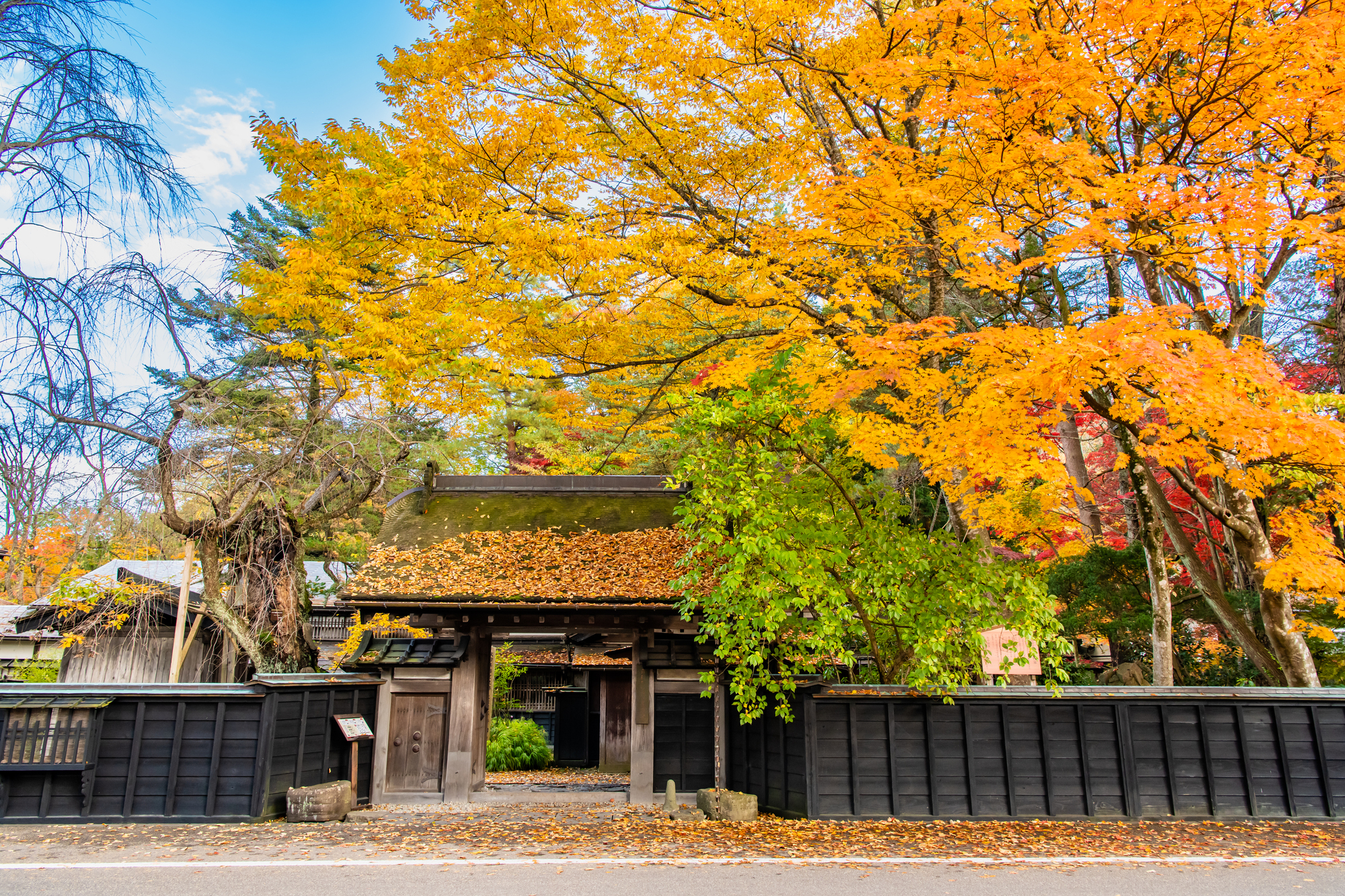
Damp, black wooden fences stretch endlessly, with fiery autumn leaves and ancient weeping cherry trees gracefully extending their branches over them. The majestic gates of the spacious samurai residences seem to convey the spirit of the warriors from 400 years ago. Kakunodate, in Akita Prefecture, is the "Little Kyoto of Michinoku," a place that has quietly preserved its elegant culture amidst the harsh nature of the Tohoku region.
The charm of this town is not just its immediately visible scenic beauty. It is a poetic experience that deeply permeates the heart only when you immerse yourself in its profound silence, walk its stone-paved paths, and listen to the weight of its history. The four seasons—the cherry blossoms of spring, the fresh green of summer, the red leaves of autumn, and the snowy landscapes of winter—perfectly harmonize with the scenery of the samurai residences, offering a different kind of感動 with each visit.
This guide is here to help you become a reader, and a guardian, of the beautiful poem that is Kakunodate. This town is a "living heritage," where people still reside in historic houses and lead quiet lives. The manners introduced here are small yet important signposts for respecting that serene time and paying homage to all that has shaped its history.
Now, let's forget the hustle and bustle of daily life for a while, and step by step, slowly. A journey into a beautiful past where time flows gracefully begins.
1.The Spirit of Samurai and Refined Culture: Unraveling Kakunodate's History
Why did such a sophisticated town, reminiscent of Kyoto, emerge in this snowy land of Tohoku? The secret lies in the samurai family that ruled this area and the unique culture they nurtured.
1-1. A Castle Town of the Satake-Kita Clan: A Glimpse of a Samurai Town Preserved for 400 Years
About 400 years ago, in the early Edo period, the foundation of this area was laid by the Ashina clan, and it was later developed as a castle town for the Satake-Kita clan, a branch of the Satake clan, the lords of Akita. It is said that the refined culture of Kyoto was introduced, partly due to the influence of a bride welcomed from the ancient capital. The town center was divided into a samurai district and a merchant district by a firebreak, a layout that has remained almost entirely intact to this day. The fact that it escaped numerous wars and fires is a major reason why the samurai residence district is so well-preserved.
1-2. "Uchimachi" and "Tomachi": The Town Structure that Tells the Story of the Edo Period's Class System
The town of Kakunodate is clearly divided into the northern "Uchimachi" (inner town) and the southern "Tomachi" (outer town). Uchimachi was the area where the samurai lived, with wide streets and spacious estates. This is the area now known as the Samurai Residence Street. On the other hand, Tomachi was where merchants and artisans lived, with densely packed buildings and a bustling atmosphere. The very structure of this town is a historical witness, conveying the strict class system of the Edo period to the present day.
1-3. "Kaba-zaiku," the Art Born from Cherry Bark: A Traditional Craft from Samurai Handicrafts
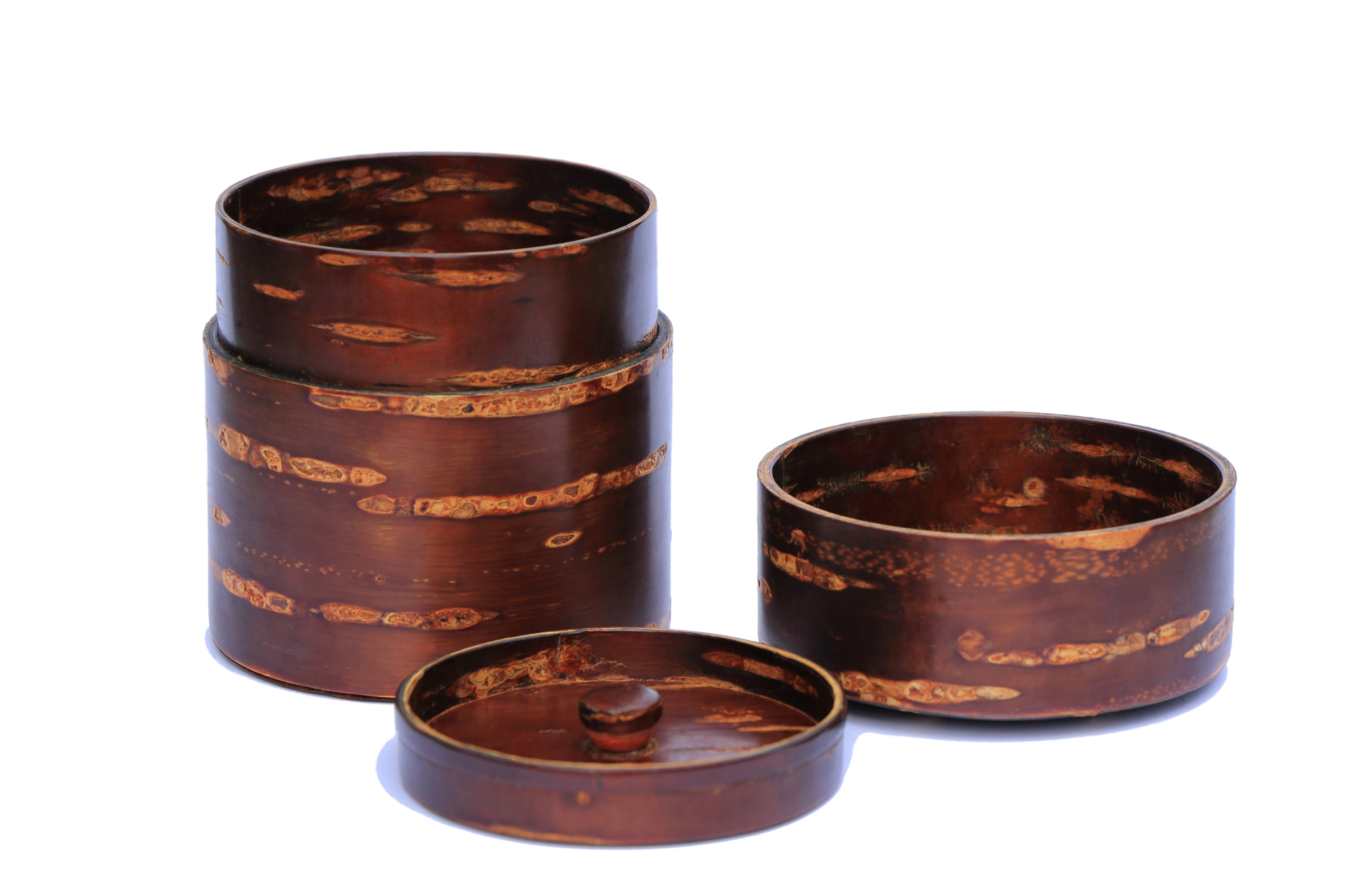
A representative traditional craft of Kakunodate is "Kaba-zaiku." This is a craftwork featuring a unique luster and beautiful grain, made using the bark of the "kaba," or mountain cherry tree. Its history is old, dating back about 230 years when a samurai serving the Satake-Kita clan introduced the technique as a side job for lower-ranking samurai. The aesthetic sense of the samurai and the long hours of the snowy winter combined to create works of art that perfected functional beauty, such as tea caddies and small boxes.
1-4. [2025 Update] Preservation Activities and New Forms of Tourism
In Kakunodate, strict preservation ordinances have been established by residents and the government working together to pass on the historic landscape to future generations. They protect the town's unified feel by burying electric wires and regulating the colors of vending machines and signs. In recent years, new forms of tourism that allow for a deeper immersion in the culture have been proposed, such as spending special time in restaurants and cafes that utilize samurai residences, or participating in Kaba-zaiku crafting workshops, rather than just sightseeing.
2.Preparations & Basic Info: To Fully Enjoy a Stroll Through the Ancient Town
A stroll through the quiet, ancient town can be enriched with some prior planning.
2-1. Complete Access Guide from Tokyo and Akita
- Shinkansen (Recommended): Take the Akita Shinkansen "Komachi" from Tokyo Station for a direct ride to Kakunodate Station (approx. 3 hours).
- From Akita Airport: The "Akita Airport Liner," a reservation-based shared taxi, is convenient for getting to Kakunodate.
- Local Trains: It's about 45 minutes from Akita Station on the JR Tazawako Line, and about 20 minutes from Omagari Station.
2-2. Getting Around Kakunodate: Exploring the Samurai District on Foot or by Rickshaw
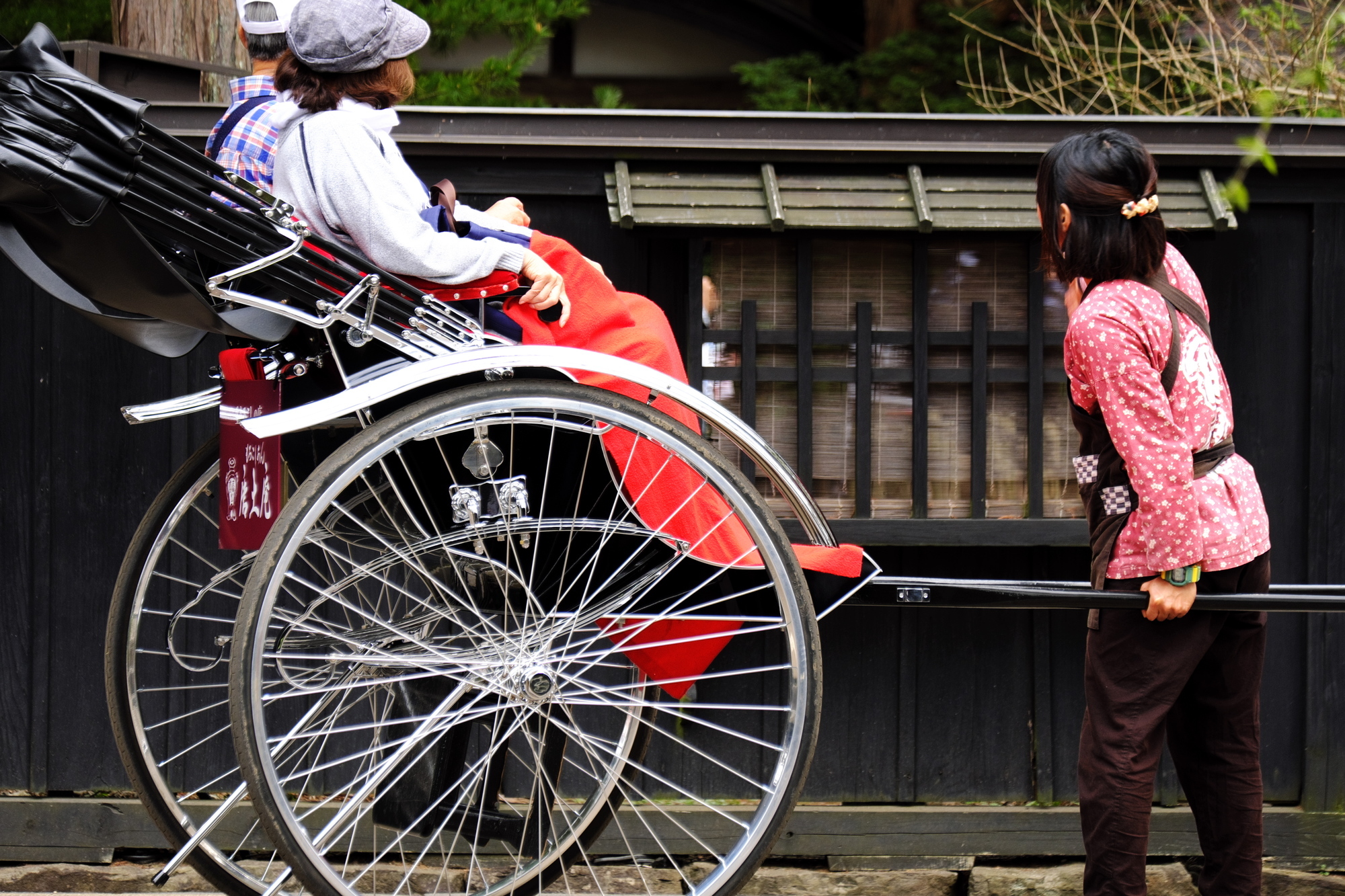
The main attraction, the Samurai Residence Street, is about a 15-20 minute walk from JR Kakunodate Station. The area itself is compact, so exploring on foot is the basic method. Alternatively, a rickshaw tour, where you can leisurely see the sights while listening to historical explanations, is a popular and special experience unique to Kakunodate.
2-3. Autumn Leaves and Winter Snow: Seasonal Attire and Tips
- Autumn (Mid-Oct to Early Nov): Kakunodate's most beautiful season. The maples and other trees of the samurai residences turn a fiery red, creating a stunning contrast with the black wooden fences. Days are pleasant, but mornings and evenings can be chilly, so a light jacket is advisable.
- Winter (Dec to Feb): The deep, falling snow transforms the black fences and residences into a monochrome world. It's the quietest season with fewer tourists, perfect for savoring the serene atmosphere. Full protection against the severe cold and non-slip winter boots are essential.
3.[Crucial] To Become a Guardian of Serenity and History: 6 Manners to Keep in Kakunodate
The main characters of this town are not the magnificent buildings, but the quiet time and history that flow through them. Let's act in a way that respects these main characters.
3-1. On the Samurai Residence Street: The Black Fences are the Town's Face. Don't Lean on or Touch Them.
The long, continuous black wooden fences are an important element symbolizing the landscape of Kakunodate. Many of these are part of historic structures that have stood for ages. Do not lean against them or touch them with your hands when taking photos. Quietly passing in front of them is a sign of respect for the town's scenery. Cultural Context: "Youshiki-bi" (Formal Beauty) and the Japanese value of orderly landscapes. As seen in Japanese gardens and architecture, Japanese culture finds "formal beauty" in things that are arranged in an orderly fashion. The townscape of Kakunodate is also a space of calculated formal beauty. Behavior that does not disrupt this harmony is required. |
3-2. In the Public Samurai Houses: Feel the History Quietly with a Humble Heart
The samurai residences open to the public, like the Ishiguro and Aoyagi houses, are places where people once lived and wove their histories. When entering the houses, take off your shoes neatly and appreciate the interior quietly with a humble heart, as if saying "Ojama-shimasu" (pardon the intrusion). Running on the tatami mats or touching the fusuma (sliding doors) and furnishings without permission is strictly forbidden. Cultural Context: The sanctity of the "inside" of a Japanese house and the etiquette for visitors. In Japan, the inside of a house is considered a sacred space. Taking off shoes before entering has a ritualistic meaning of not bringing in impurities from the outside. It is traditional etiquette for visitors to follow the rules of the house and behave respectfully. |
3-3. Photography Manners: The Unseen Consideration When Capturing a Scene
When engrossed in the beautiful scenery, it's easy to forget to be considerate of others. Many samurai residences are still private homes. Avoid taking photos that peer into windows or include residents. Also, stopping for a long time in the middle of the street for a photo obstructs the passage of other tourists and vehicles that use it as a residential road. Cultural Context: Protecting residents' privacy by remembering it's a living town. As mentioned, Kakunodate is a "living town." We, as tourists, are guests in that living space. Prioritizing the privacy of the residents and respecting their daily lives is of the utmost importance. |
3-4. At a Kaba-zaiku Shop: Respecting the "Beauty in Utility" Created by Artisans
Kaba-zaiku are delicate crafts made one by one by artisans. Please handle the products with care when you pick them up in a shop. Their unique luster and feel are an art form created by the fusion of natural materials and human skill. Enjoy appreciating and purchasing them with respect for the artisan's work. Cultural Context: Respect for "Takumi no Waza" (artisan's skill) and how to interact with crafts. In Japan, there is a culture of deeply respecting artisans ("Takumi") with outstanding skills. Touching their work is the same as touching their skill and spirit. Understanding this background will deepen your appreciation for the crafts. |
3-5. Strolling on a Snowy Winter Path: Precautions for Enjoying the Silence
In winter, the snow absorbs sound, enveloping Kakunodate in a special silence. To enjoy this serenity, please act calmly. Also, be very careful of snow falling from the roofs (including during snow removal). If you see local people clearing snow, be considerate not to get in their way, and a word of thanks might lead to a heartwarming exchange. |
3-6. Take Your Trash Home with Your Memories: Passing the Beautiful Townscape to the Next Generation
The beautiful scenery of Kakunodate is maintained through the efforts of its residents. The cooperation of every single tourist is essential to pass this beauty on to the future. Please be sure to take your trash with you or dispose of it in a designated trash can. Cultural Context: The basic virtue of a traveler not to defile a visited place. As the Japanese proverb "A departing bird leaves no trace" suggests, keeping a place clean after you leave is considered a basic virtue in Japan. This spirit is also expected of travelers. |
4-1. A Tour of Samurai Residences: The Stories of the Ishiguro, Aoyagi, and Odano Houses
4-2. The Four Seasons on the Hinokinai Riverbank: From Spring Cherry Blossoms to Winter Snowscapes
4-3. Akita's Local Cuisine: "Inaniwa Udon," One of Japan's Three Great Udon, and "Kiritanpo"
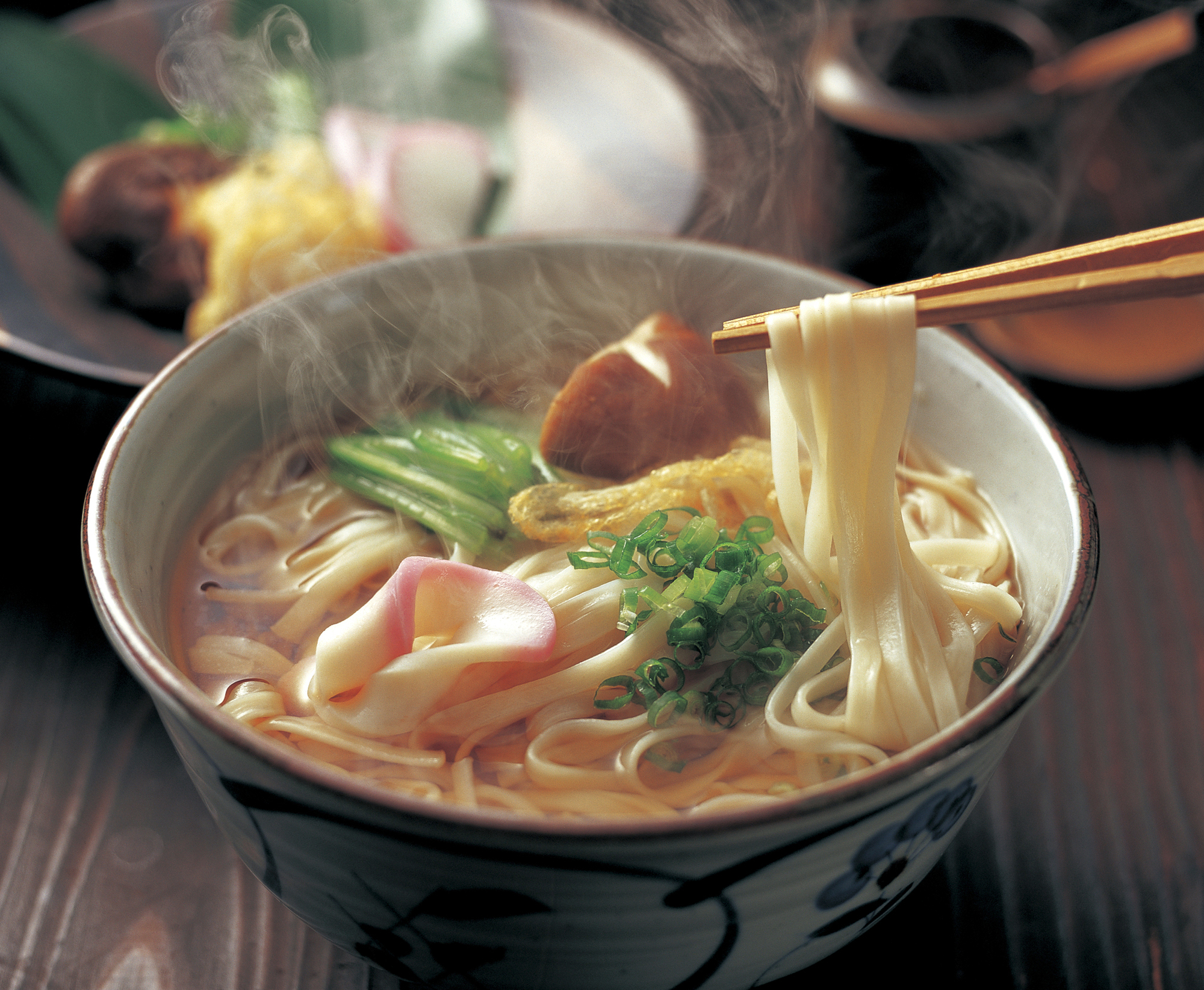
When you visit Kakunodate, be sure to try Akita's famous "Inaniwa Udon." These thin, flat noodles are characterized by their smooth texture and strong elasticity. Also, "Kiritanpo-nabe," a hot pot dish with "kiritanpo" (pounded rice wrapped around a cedar skewer and toasted) simmered with chicken and vegetables, is a heartwarming local dish perfect for the cold season.
4-4. Touching Tradition: An Experience at the Kakunodate Kaba-zaiku Denshokan
If you want to learn more about the history and production process of Kaba-zaiku, visit the "Kakunodate Kaba-zaiku Denshokan" (Traditional Craft Center). In addition to displaying valuable works, you can also watch demonstrations by artisans and even try making small items yourself (reservations may be required).
5.Planning Your Trip: Model Itineraries to Immerse in History and Literature
5-1. [Day Trip] By Shinkansen! A Kakunodate Samurai Residence Stroll Highlights Course
- Morning: Arrive at Kakunodate Station. Walk to the Samurai Residence Street.
- Noon: Visit major samurai residences like the Ishiguro and Aoyagi houses.
- Afternoon: Have lunch at a traditional-house cafe on the Samurai Residence Street, or at an Inaniwa Udon restaurant.
- Before Evening: Visit the Kaba-zaiku Denshokan and look for souvenirs. Head back from Kakunodate Station by Shinkansen.
5-2. [1 Night, 2 Days] Staying in the Ancient Town to Savor the Morning Silence: A Kakunodate & Lake Tazawa Course
- Days 1:
〇Afternoon: Arrive in Kakunodate and stroll through the Samurai Residence Street and along the Hinokinai Riverbank.
〇Evening: Check into an inn in the Kakunodate Onsen area.
〇Night: Savor Akita's local cuisine at the inn. - Days 2:
〇Morning: Take an early morning walk through the quiet, serene Samurai Residence Street before the tourists arrive. This is the privilege of an overnight guest.
〇Forenoon: Take a bus or train to Japan's deepest lake, "Lake Tazawa." Stroll along the mystical lakeside.
〇Afternoon: Head back from Tazawa-ko Station by Shinkansen.
The "Serene Time" of Kakunodate to Take Home with You
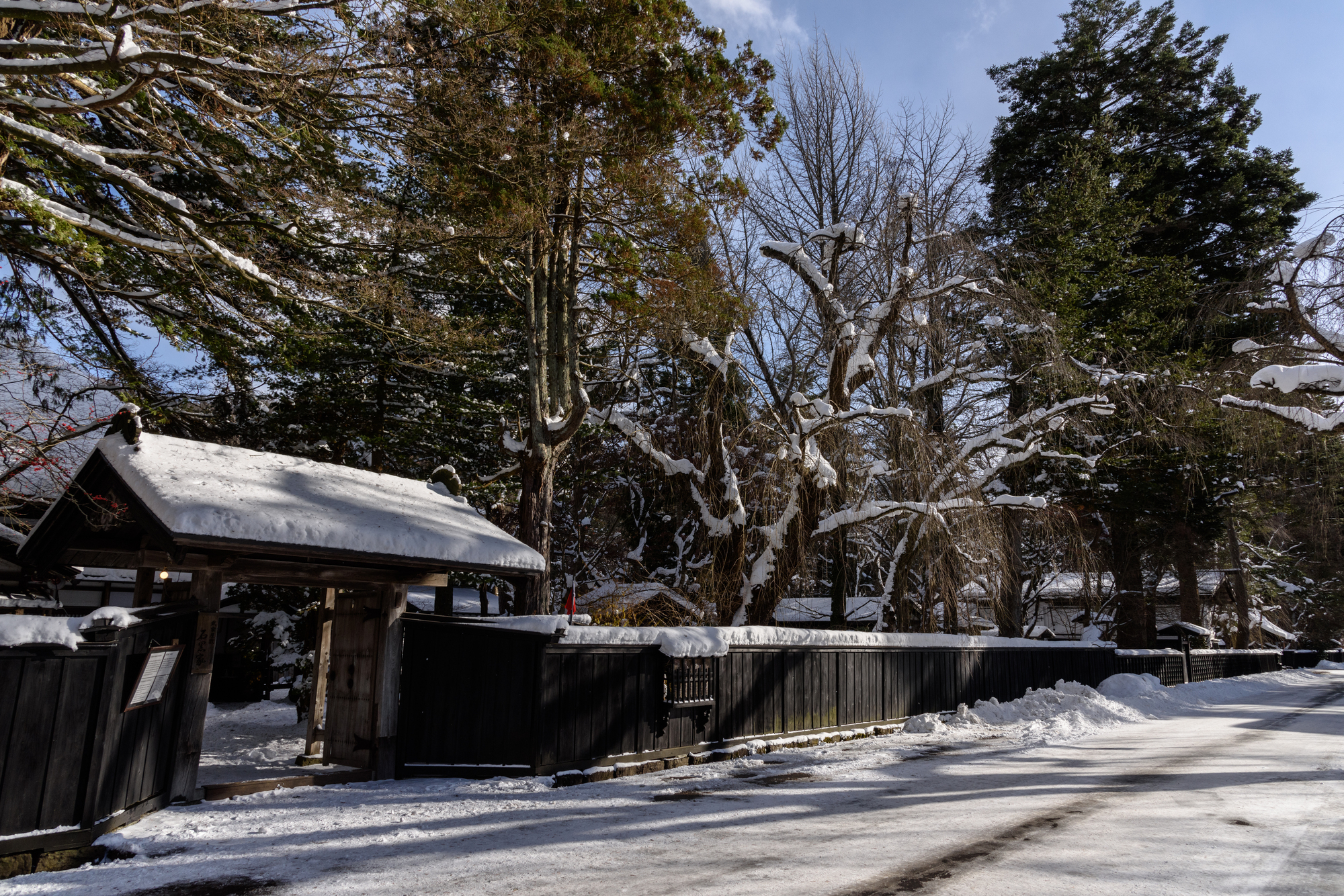
The best souvenir to take home from your trip to Kakunodate is not a Kaba-zaiku tea caddy or a delicious sweet. It is the very "serene time" you felt when you sat on the veranda of a samurai residence looking at the garden, or when you walked a winter path where you could almost hear the snow falling.
In this modern world overflowing with information, where everyone is always rushing, the quiet time that Kakunodate has preserved is an invaluable luxury. If you were a quiet visitor who respected the town's rules and history, that time will surely remain deep in your heart, and will heal you in unexpected moments after you return to your daily life.

